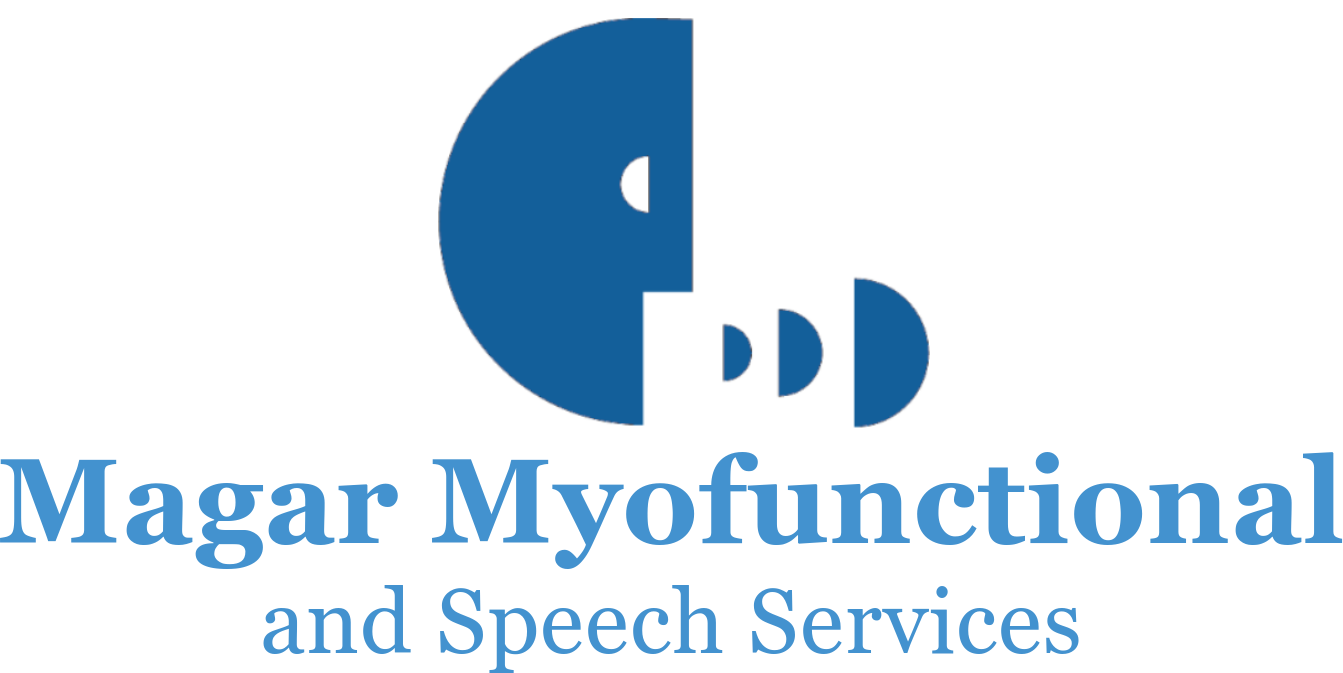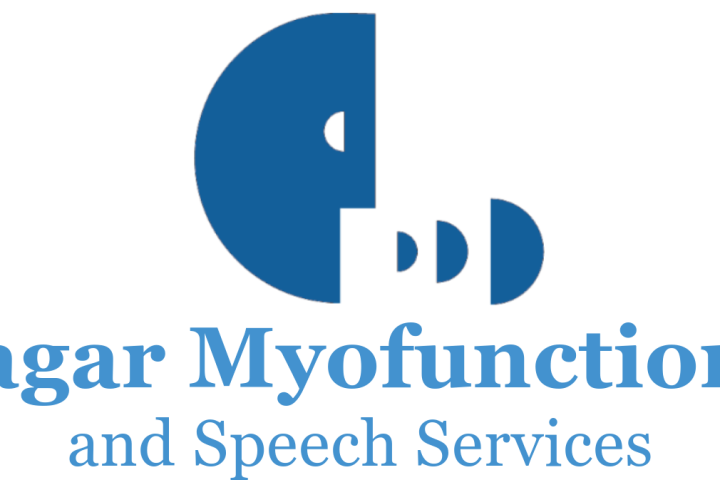


The effectiveness of orofacial myofunctional therapy in improving dental occlusion.
By:
Benkert, K. (1997)
The purpose of this retrospective study was to determine if dental occlusion improved when patients received orofacial myofunctional therapy. The most significant findings of this study definitively established the beneficial effect of orofacial myofunctional therapy on improving dental occlusion, decreasing dental open bite and decreasing dental overjet.

The Importance of Orofacial Myofunctional Therapy in Pediatric Dentistry: Reports of Two Cases
By:
Haruki T, Kishi K, Zimmerman J.
The purpose of this article was to evaluate cephalometric tracings regarding the impact that the cessation of thumb-sucking had on the developing dentition in two cases. Only orofacial myofunctional therapy principles were utilized to bring the thumb habit under control. In both case reports, it appeared that some of the abnormal growth tendencies were reversed by eliminating the active digit sucking habit.

The Efficacy of Oral Myofunctional and Coarticulation Therapy
By:
Umberger, F.G., Johnston, R. (1997)
The authors summarize the current state of knowledge about the relationships between oral myofunctional therapy and articulation therapy. They conclude that considerable evidence has been obtained that indicates that oral myofunctional therapy techniques can improve articulation of sibilant sounds.

Why we can’t afford to ignore prolonged digit sucking
By:
Van Norman, Rosemarie (2001)
A specialist explains the hazards of continued digit (thumb/finger) sucking habits and offers advice on breaking the habit. The article explains that children who persist in sucking a thumb or finger beyond early childhood risk significant dental problems as well as learning, speech and emotional difficulties.

Digit-sucking: A review of the literature, clinical observations and treatment recommendations
By:
Van Norman, Rosemarie
The purpose of this paper is to share information about the digit-(thumb/finger) sucking behavior including how it begins; the biological psychological and physiological connections; how it becomes perpetuated; problems related to prolonged sucking activity; guidelines for referral; and considerations for appropriate patient selection to enhance successful therapy.
Recent Posts
- The effectiveness of oral myofunctional therapy in improving patients’ ability to swallow pills
- Effects of Orofacial Myofunctional Therapy on Speech Intelligibility
- Tongue thrust and stability of overjet correction.
- The effectiveness of orofacial myofunctional therapy in improving dental occlusion.
- Effects of Oral Myofunctional Therapy on Swallowing and Sibilant Production
Recent Comments
No comments to show.
Recent Posts
- The effectiveness of oral myofunctional therapy in improving patients’ ability to swallow pills
- Effects of Orofacial Myofunctional Therapy on Speech Intelligibility
- Tongue thrust and stability of overjet correction.
- The effectiveness of orofacial myofunctional therapy in improving dental occlusion.
- Effects of Oral Myofunctional Therapy on Swallowing and Sibilant Production
Recent Comments
Archives
Categories
Awesome Posts
- The effectiveness of oral myofunctional therapy in improving patients’ ability to swallow pills
- Effects of Orofacial Myofunctional Therapy on Speech Intelligibility
- Tongue thrust and stability of overjet correction.
- The effectiveness of orofacial myofunctional therapy in improving dental occlusion.
- Effects of Oral Myofunctional Therapy on Swallowing and Sibilant Production


